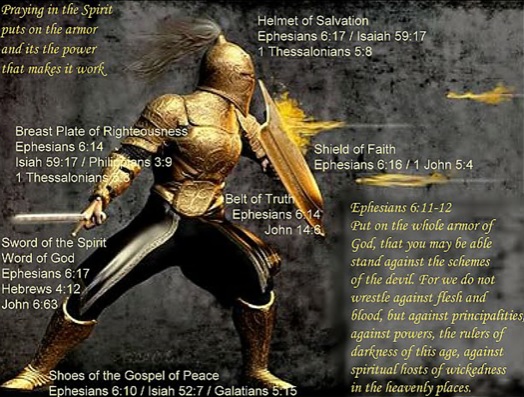Russia-Magog
Russia name came from barbarian tribe called Rus who lived there in 800AD. Rus’s history was written down in the “Primary Chronicle” The Primary Chronicle is a history of Kievan Rus, a federation from 850ad to 111oad. Prior to the emergence of Kievan Rus’ in the 9th century AD, the lands between the Baltic Sea and Black Sea were primarily populated by eastern Slavic tribes.[15] The Sarmatians were a large Iranian confederation that existed flourishing from about the 5th century BC to the 4th century AD. Originating in the central parts of the Eurasian Steppe, the Sarmatians started migrating westward around the 4th and 3rd centuries BC, coming to dominate the closely related Scythians by 200 BC. At their greatest reported extent, around 1st century AD, these tribes ranged from the Vistula River to the mouth of the Danube and eastward to the Volga, bordering the shores of the Black and Caspian seas as well as the Caucasus to the south. Their territory, which was known as Sarmatia to Greco-Roman ethnographers, corresponded to the western part of greater Scythia (mostly modern Ukraine and Southern Russia.)
“Gog of Magog” here can be tied to Magog the Japhetite in Genesis 10, even though Gog’s paternal lineage is not explicitly given, due to the string of other names present: Meshech, Tubal, Gomer are all sons of Japeth thus “brothers” of Magog; Togarmah of “Beth Togarmah” is Magog’s “nephew”.[20]
Of Gog’s allies, Meshech and Tubal were 7th-century kingdoms in central Anatolia north of Israel, Persia towards east, Cush (Ethiopia) and Put (Libya) to the south; Gomer is the Cimmerians, a nomadic people north of the Black Sea, and Beth Togarmah was on the border of Tubal.[21] The confederation thus represents a multinational alliance surrounding Israel.[22] “Why the prophet’s gaze should have focused on these particular nations is unclear,” comments Biblical scholar Daniel I. Block, but their remoteness and reputation for violence and mystery possibly “made Gog and his confederates perfect symbols of the archetypal enemy, rising against God and his people”.[23] One explanation is that the Gog alliance, a blend of the “Table of Nations” in Genesis 10 and Tyre’s trading partners in Ezekiel 27, with Persia added, was cast in the role of end-time enemies of Israel by means of Isaiah 66:19, which is another text of eschatological foretelling.[24]

